When a whale is encountered for the first time, it gets a scientific name so it can be identified amongst the hundreds of other individuals we have on file. So why would we give them a second name if they already have one?
One of the reasons is quite simple; they're just a lot easier to remember..
A scientific name consists of the abbreviation of their latin name, date they were encountered, and order of sightings that day. If we were ever to see that whale again, it would be a lot easier to remember that the whale with the peanut shaped dorsal fin is called Peanut, rather than BA0707-12, or the humpback whale with a lot of tooth rakes on its fluke is called Tattoo, rather than MN16042600.
We are building personal connections and name animals when we are interested in them as individuals. Same as when you name your pet or a teddy bear. Giving a name to an object or an animal gives them awakens our empathy, thus our willingness to take care of it - it is a powerful tool for conservation!
Learn more about our research process (identifying, filing, naming whales) in our research blog!





